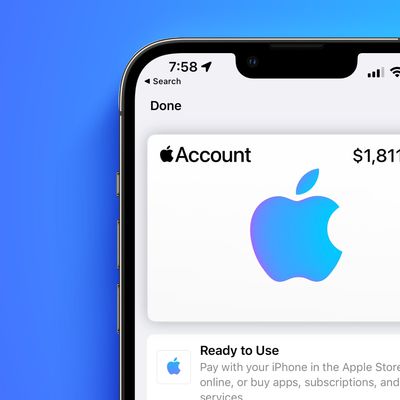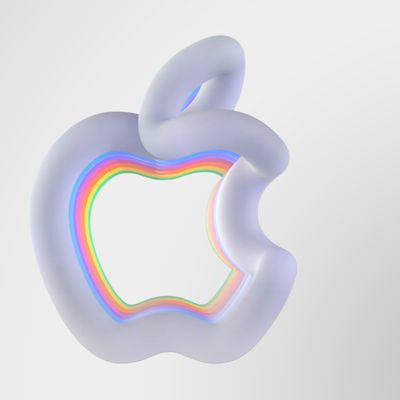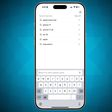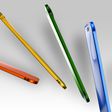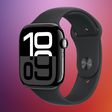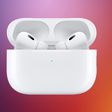Kuo: iPad Air to Adopt OLED in 2022, Mini-LED to Remain Exclusive to iPad Pro Models
Apple will transition the iPad Air to OLED displays in the second half of next year, while mini-LED display technology will remain exclusive to upcoming higher-end iPad Pro models, according to a new report from Apple analyst Ming-Chi Kuo.
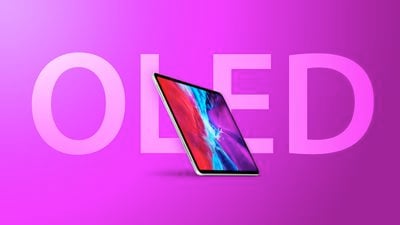
Apple is expected to be just weeks away from launching a mini-LED iPad Pro, the first Apple device to feature the newer technology. In Kuo's latest investor note, seen by MacRumors, the analyst underlines his belief that even when the iPad Air transitions to an OLED display in 2022, mini-LED will remain in its tablet lineup as a display technology exclusive to iPad Pro models.
The market is worried that if the iPad starts to use OLED in 2022, Apple will abandon the mini LED. However, according to our latest industry survey, if the iPad adopts an OLED display in 2022, it will be the mid-/low-end iPad Air, while the high-end iPad Pro will still use a mini LED display. The adoption of OLED in iPad does not affect the positive trend of mini LED. Since the OLED used in iPad is a rigid type and has a significantly lower PPI than iPhone, it is less challenging to produce, and the cost is close to the LCD currently used in iPad Air.
Kuo envisions a future iPad lineup in which OLED and mini-LED further differentiate Apple's mid-to-low end iPad Air models from its iPad Pro devices. Apple currently uses OLED displays in the Apple Watch and the iPhone, while Macs and iPad still retain the older LCD technology. OLED displays offer higher brightness, deeper blacks, and wider viewing angles. However, they often cost significantly more to produce than LCDs.
Earlier this month, DigiTimes reported that a 10.9-inch iPad, presumably the iPad Air, will be updated with an OLED display in early 2022. In contrast to Kuo's note, DigiTimes stated that Apple would also adopt OLED technology for the 12.9-inch iPad Pro. DigiTimes has also claimed that Apple might release 16-inch and 17-inch MacBook Pro with OLED later on next year.
Apple is already working on several products with mini-LED displays, including redesigned MacBook Pros. Kuo believes that Apple's use of mini-LED will accelerate in the coming years as production costs decrease, with Apple's mid-to-high-end devices consistently adopting the technology first.
Popular Stories
Since the iPhone X in 2017, all of Apple's highest-end iPhone models have featured either stainless steel or titanium frames, but it has now been rumored that this design decision will be coming to an end with the iPhone 17 Pro models later this year.
In a post on Chinese social media platform Weibo today, the account Instant Digital said that the iPhone 17 Pro models will have an aluminum...
Apple is continuing to refine and update iOS 26, and beta three features smaller changes than we saw in beta 2, plus further tweaks to the Liquid Glass design. Apple is gearing up for the next phase of beta testing, and the company has promised that a public beta is set to come out in July.
Transparency
In some apps like Apple Music, Podcasts, and the App Store, Apple has toned down the...
In select U.S. states, residents can add their driver's license or state ID to the Wallet app on the iPhone and Apple Watch, providing a convenient and contactless way to display proof of identity or age at select airports and businesses, and in select apps.
Unfortunately, this feature continues to roll out very slowly since it was announced in 2021, with only nine U.S. states, Puerto Rico,...
Apple will launch its new iPhone 17 series in two months, and the iPhone 17 Pro models are expected to get a new design for the rear casing and the camera area. But more significant changes to the lineup are not expected until next year, when the iPhone 18 models arrive.
If you're thinking of trading in your iPhone for this year's latest, consider the following features rumored to be coming...
Apple is expanding the ability to add an Apple Account Card to the Wallet app to more countries, according to backend Apple Pay changes.
With iOS 15.5, Apple updated the Wallet app to allow users to add an Apple Account Card, which displays the Apple credit balance associated with an Apple ID.
If you receive an Apple gift card, for example, it is added to an Apple Account that is also...
Three out of four iPhone 17 models will feature more RAM than the equivalent iPhone 16 models, according to a new leak that aligns with previous rumors.
The all-new iPhone 17 Air, the iPhone 17 Pro, and the iPhone 17 Pro Max will each be equipped with 12GB of RAM, according to Fixed Focus Digital, an account with more than two million followers on Chinese social media platform Weibo. The...
Apple should unveil the iPhone 17 series in September, and there might be one bigger difference between the Pro and Pro Max models this year.
As always, the Pro Max model will be larger than the Pro model:iPhone 17 Pro: 6.3-inch display
iPhone 17 Pro Max: 6.9-inch displayGiven the Pro Max is physically larger than the Pro, it has more internal space, allowing for a larger battery and...
The calendar has turned to July, meaning that 2025 is now more than half over. And while the summer months are often quiet for Apple, the company still has more than a dozen products coming later this year, according to rumors.
Below, we have outlined at least 15 new Apple products that are expected to launch later this year, along with key rumored features for each.
iPhone 17 Series
iPho...







